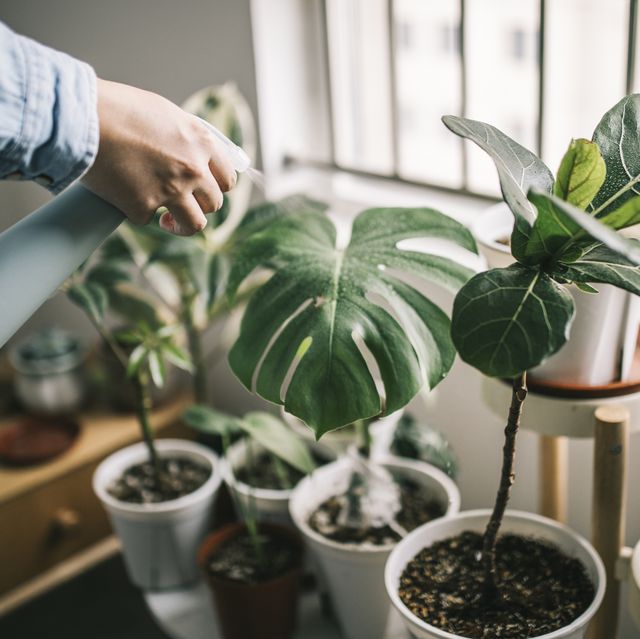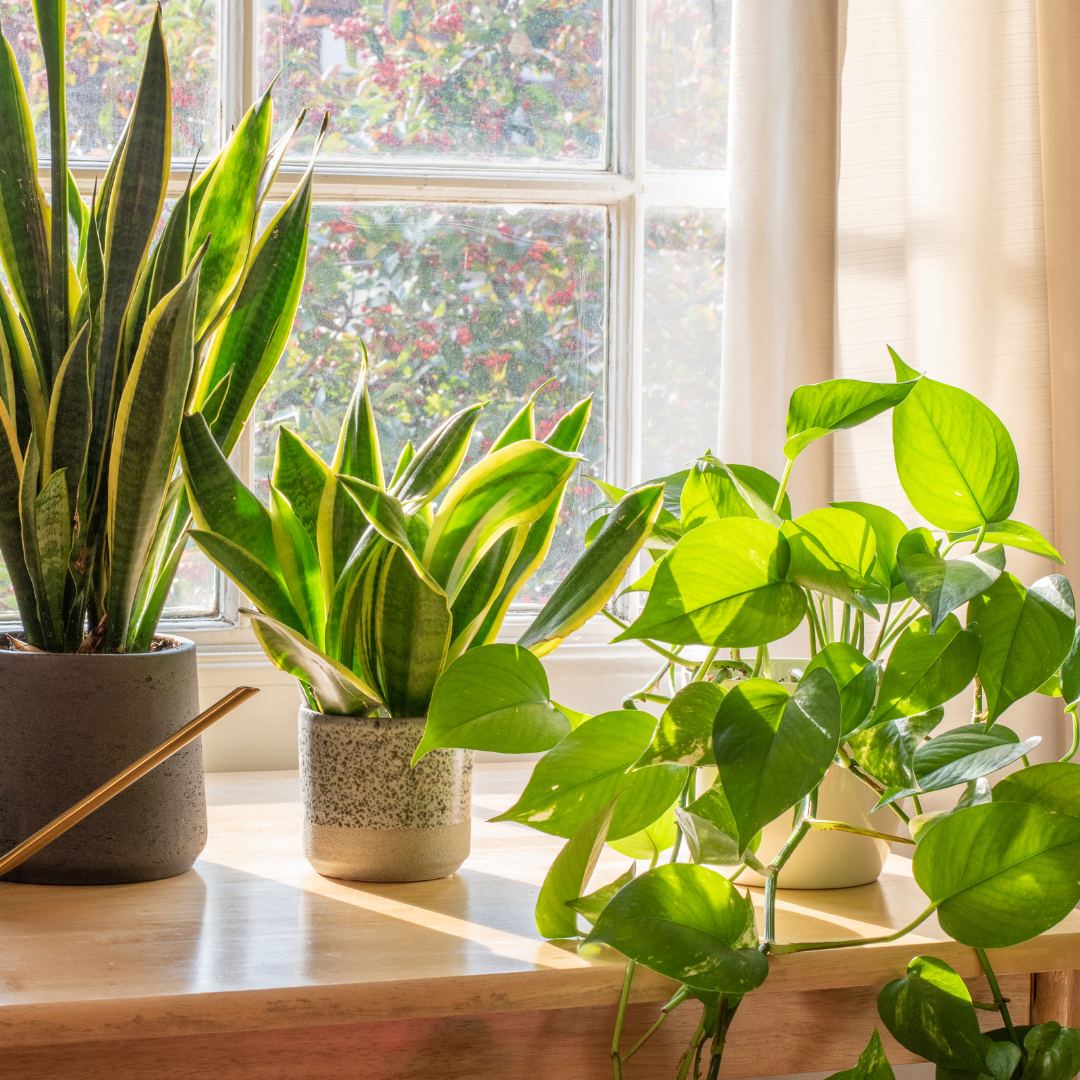Transform Your Living Space with the Best Low-Light Indoor Plants
Transform Your Living Space with the Best Low-Light Indoor Plants
Blog Article
Discover the very best Low-Light Indoor Plants for Enhancing Your Home Decoration
Incorporating low-light indoor plants right into your home decoration can considerably boost both aesthetics and atmosphere, specifically in spaces that do not have bountiful natural light. Ranges such as the Snake Plant and ZZ Plant not just bring life to lower corners but additionally add to boosted air high quality and general wellness.

Why Pick Low-Light Plants
Why choose low-light plants in your interior rooms? The modern living atmosphere commonly offers challenges such as restricted natural light, making it hard for conventional houseplants to flourish. Low-light plants are particularly adapted to prosper and make it through in these problems, providing a viable option for people seeking to boost their indoor rooms without the added tension of maintaining much more light-demanding vegetation.
Along with their durability, low-light plants add substantially to the visual appeals of an area. Their varied series of shapes, sizes, and shades enables special interior decoration chances, developing inviting and dynamic environments. Additionally, indoor plants are recognized for their air-purifying high qualities, boosting indoor air top quality by filtering toxins and releasing oxygen, which can boost general well-being.
Low-light plants additionally need very little maintenance, making them particularly appealing to busy individuals or those new to gardening. Their versatility permits placement in various atmospheres, from office to poorly lit corners of the home. By picking low-light plants, you can appreciate the benefits of plant without the restraints that often accompany typical horticulture, eventually cultivating a much healthier and much more visually enticing interior environment.
Top Low-Light Indoor Plants
For those seeking to improve their interior spaces with greenery that flourishes in low-light conditions, numerous plant options attract attention for their resilience and aesthetic charm. The Serpent Plant (Sansevieria trifasciata) is a popular option, known for its upright, sword-like fallen leaves and capability to endure neglect. This hardy plant can endure in dimly lit locations while boosting indoor air top quality.
One more excellent alternative is the Pothos (Epipremnum aureum), characterized by its heart-shaped fallen leaves and trailing creeping plants. Pothos is not only versatile to low light yet additionally provides a striking visual comparison when put on racks or hanging baskets.
The ZZ Plant (Zamioculcas zamiifolia) is similarly excellent, boasting shiny, dark eco-friendly fallen leaves that can brighten up any type of edge. Its drought resistance makes it ideal for hectic homeowners.
Treatment Tips for Low-Light Plants
Just how can you make sure that your low-light indoor plants thrive regardless of minimal sunshine? Select the proper potting mix that provides good water drainage while retaining moisture. A well-aerated dirt, such as a blend of potting dirt and perlite, can help avoid root rot.
Watering is important; low-light plants typically need less regular watering contrasted to their sun-loving equivalents. Constantly check the top inch of the soil-- if it feels completely dry, it's time to water. Beware of overwatering, as this can lead to fungal problems and root degeneration.
Feeding low-light plants need to be done moderately - Best low-light indoor plants. Make use of a well balanced, water-soluble plant food during the growing season, but minimize or get rid of fertilization in the inactive months
In addition, dirt can collect on fallen leaves, preventing photosynthesis. Delicately clean the fallen leaves with a wet towel to maintain them clean.
Last but not least, observe your plants very closely. Signs of distress, such as yellowing leaves or leggy growth, can show that your plant requires modifications in treatment (Best low-light indoor plants). By complying with these treatment pointers, your low-light indoor plants can thrive, including charm and vigor to your home
Creative Ways to Show Plants
Raising the aesthetic charm of your interior basics room can be accomplished by thoughtfully presenting your low-light plants in creative means. Consider utilizing upright room to your benefit; wall-mounted racks can showcase routing plants like pothos or philodendron, including lushness while conserving floor room. Alternatively, utilize plant stands of varying elevations to produce visual rate of interest and depth, attracting the eye up.
Hanging planters are another excellent option, providing a dramatic result when suspended from the ceiling dig this or hooks. Macramé wall mounts can introduce appearance and bohemian flair, while modern ceramic wall mounts can fit a minimalist aesthetic. For a much more innovative strategy, repurpose unique containers such as vintage teacups or glass containers, which can include individuality to your screen.
Grouping plants in clusters is also effective; usage varying pot sizes and colors to develop a natural look. This approach not just enhances aesthetic impact yet likewise supplies an all-natural environment feeling - Best low-light indoor plants. Last but not least, think about putting plants near light sources like lamps or home windows to enhance their development and showcase their dynamic vegetation, hence improving the overall atmosphere of your indoor environment.
Benefits of Indoor Greenery
Many researches have actually demonstrated that incorporating indoor greenery into your living space uses a wide variety of benefits, enhancing both physical and psychological health. One of the most significant advantages of indoor plants is their ability to boost air high quality. Plants soak up carbon dioxide and launch oxygen, producing a much healthier ambience while additionally filtering out unsafe toxic substances, hence promoting respiratory system health.
Moreover, the existence of plant has been connected to minimized anxiety levels. Research suggests that interacting with plants can reduce cortisol levels, which are connected with tension. This soothing effect can cause improved state of mind and raised performance, making interior plants an excellent addition to workspaces.
In addition, interior greenery can read more boost cognitive function. Researches recommend that atmospheres enhanced with plants can result in raised focus, imagination, and total mental clearness. The aesthetic allure of indoor plants also adds to an extra inviting and enjoyable atmosphere, positively influencing social interactions and general satisfaction within a room.
Final Thought

Including low-light interior plants into your home design can considerably boost both visual appeals and environment, specifically in areas that lack plentiful all-natural light. Selections such as the Serpent Plant and ZZ Plant not only bring life to dim corners but likewise contribute to improved air high quality and general health. Interior plants are understood for their air-purifying top qualities, enhancing interior air high quality by filtering system toxins and launching oxygen, which can improve overall health.
For those seeking to enhance their interior areas with plant that prospers in low-light problems, several plant alternatives stand out for their resilience and aesthetic charm. These durable plants, such as the Serpent Plant and ZZ Plant, thrive in dark conditions and need minimal maintenance, making them ideal for various way of livings.
Report this page